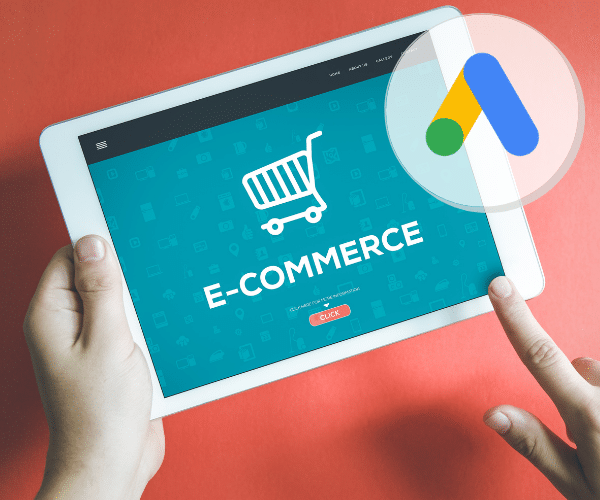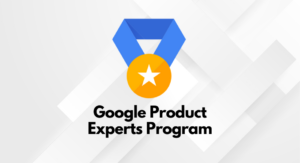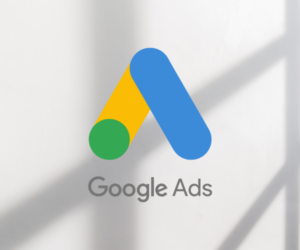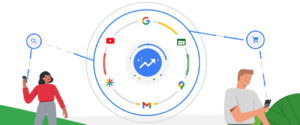Setting up random campaigns and expecting them to work is definitely not the right Google Ads strategy for any business. And, for eCommerce, it can be devastating. But wait! There are strategies and tactics which will make your eCommerce businesses stand up, sustain, and continuously scale upwards.
Google Ads is a comprehensive advertising platform. Creating a winning eCommerce strategy that works cost-effectively and serves the core purpose of advertising can be overwhelmingly challenging for startups and establish businesses.
The reason is obvious. Self-funded startups can’t afford to burn money making mistakes and learning in the process. Having worked with hundreds of e-commerce startups and businesses of different sizes from around the world, I can help you avoid mistakes and stay focussed at the core of your business.
In this post, I am going to talk about the right set of Google Ads campaigns for eCommerce businesses.
Let’s get started…
Search Campaigns
I constantly talk about it. Search campaigns are different from others, not just in terms of ads formats and targeting options, but in the very sense of intents. Advertising is not advertising with search campaigns. You show your business and offerings to the people who are looking for them. So, there’s a qualified intent and interest here.
It’s not an advertising format which starts with interruption. In simple terms, it’s not a format where your potential customers are doing something on web and your ad distracts them or at least cries for your attention. It’s an ad where you supply what your potential customers are actively seeking.
Okay so talking specifically about Google Ads Search Campaigns for eCommerce businesses , you should have the following campaigns types in your mix:
- Dynamic Search Ads
- Brand Search Ads
- Standard Search Network Campaigns
Dynamic Search Ads
As the name suggests, it’s a campaign type where your ads are generated dynamically. You have direct control on the description texts of your ads, but not on the headlines, and Final URLs or the landing pages for the ads.
There are two ways, you can either let Google rely on the organic indexing of your website to find the list of pages on your site, or you can supply it with a list of the pages you would be comfortable bringing people to, or a mix of both.
Why Dynamic Search Ads?
- Low cost yet highly relevant traffic to your site
- Long-tailed and semantically related search terms trigger your ads
- New potential keywords discovery
- It works as a bridge between your normal search and shopping ads.
Let me explain the last point mentioned above in detail…
You usually won’t have broad match keywords in your search campaigns, which means there would be many semantic queries similar to your keywords which would not be targeted because of the narrower match types you are using.
At the same time, your shopping campaigns would show ads more to the queries with the purchase or commercial intents. So, there would be many queries which you could be missing even when you have both standard and shopping campaigns.
The dynamic search campaign becomes significant here. It captures those otherwise missed queries efficiently and fills the gap created by them.
While setting up a dynamic search ads campaigns, take note of the following:
Exclude pages that are not relevant to what your customers might be looking for. For instance, exclude pages like – privacy policy, refund policy, terms or other such pages, about us, account, checkout, faq, or any other such pages.
Includes pages – home, category pages, product pages
Write ad copies in a way that your descriptions are relevant no matter what page is selected from your targeted lists of pages for a particular search query.
To be able to write more relevant ads, you can have different ad-groups for different key sections for your site. For example, you can keep home and all category pages in one ad-group and all product pages in the other.
If you have a comprehensive website with multiple key categories housing hundreds of products individually, you can have dedicated ad-groups for individual categories.
So, as you see, the structure of your DSA campaign depends on the size and comprehensiveness of your website. But the point is to keep descriptions relevant in every ad. Spend some time analyzing it.
Use negative keywords proactively. Do not wait for the system to trigger your ads for an irrelevant or not-so-relevant search term. It hurts when money burns like this. Spend some time thinking what are the terms not relevant to your offerings and proactively add them as negative keywords.
Some of the common negative keywords for an eCommerce business can be:
Job, jobs, hire, hiring, opening, salary, salaries, photo, photos, picture, pictures, pic, pics, image, images, img, imgs, video, videos, youtube, tube, list, lists, address, addresses, fake, scam, scams, refund, refunds, refunding, track, tracking, how to, what, when, why, etc.
Remember the ability to use the right negatives proactively separates a good Google Ads expert from a bad one. Make sure you are paying attention to it.
Brand Search Campaign
While formulating your Google Ads for eCommerce strategies and tactics, you must have a search campaign for your brand keywords from the very beginning. Ensure that you own your brand searches both in paid and organic results.
Let’s not get into an argument about why buy my own brand keywords when already ranking in organic searches? It has been discussed several times, and in over 95% cases, it’s proven that you should have it. If you still have questions, drop a line to me.
Okay, so when setting up your brand search campaign, take note of the following:
Have a combination of Responsive Search Ads (RSA) and Expanded Text Ads (ETA) [ETA is retired now]. Ideally, two ETAs and one RSA.
Make sure your brand name appears in all ad copies. You can pin a headline to the top in your RSA ad for this purpose. Use symbols like ™ or ® when applicable.
Now if you ask me what kind of Keyword should you be using, by keywords I mean the match type of the keywords. Ideally, you should have a combination of modified broad match and exact match keywords. This combination will make sure that your ads are triggering for the exact search terms of your brand name and also when somebody searches something with your brand name plus product names or category names in their search queries.
Standard Search Campaigns
A successful advertising strategy aims for both long term and short term goals. For eCommerce businesses and startups, the immediate or the short term goal is to increase the number of transactions and the revenue.
And it is usually achieved by targeting potential customers who are already mid-stage in their paths to purchase. Here, you don’t target people where you would need to create the need for your products. You target people who are looking for what you are selling.
However, if the business aims just that, it won’t be wise for the long run.
This is where you should have a few campaigns to target top of the funnel audiences who are relevant to your offerings but they are not ready to convert right now. If you nurture them well, you would be able to convert them.
For example, somebody searching for “how to remove pigmentation” or “home remedy for skin pigmentation” may not be the right target for a brand selling pigmentation removal cream. This user does not indicate a clear buying intent right now. But he/she is still relevant. It’s an example of the top of the funnel audiences.
Now, if the brand in question brings this user on a page which is information-rich and not an eCommerce product landing page, he can be nurtured to convert over a period.
An eCommerce brand must have a campaign for such audiences. It helps get ready for the long-term scale-up plan.
Coming to search campaigns, you can have a standard search campaign for the kind of intent we just discussed. The other type of search campaigns should be targeting category-specific search terms.
Do not expect more of the immediate or first-interaction conversions from such campaigns. But they are really helpful for the long term goals. However, if the budget is a constraint, you can consider it optional in the first two quarters of your eCommerce business starting up.
If you are an established eCommerce business already, you must have this strategy in place.
Shopping Ads
Essential for Google Ads for eCommerce campaign mix
Shopping ads are the core of eCommerce advertising success with Google Ads. If you can make it work for you, your numbers will keep you smiling, else it can go the other way.

Start with a standard shopping campaign with your key product categories. You can later include your entire catalogue. But start only with the products and categories which you are sure your products can compete well in the market.
This is important. Spending on everything from the very beginning can pick a hole in your pocket without bringing good results. So, it’s better to put the best foot forward, test the waters and then go aggressive.
Segment your shopping campaign in multiple product groups based on category, product types, brands or any other attribute that makes a meaningful combination of similar products. It will help you have better bidding control.
If a particular product group is not getting the exposure it should be, take that off and set up a new campaign for it where you can assign it a dedicated budget.
Make an audience lists for your people who visited your website and added products to the cart but did not purchase. Add this list in the Audiences section of your shopping campaigns. Make sure you have added them as Observation, not Targeting.
Now watch for a few days or weeks to see how your ads are performing to this newly added audience. You will usually see better engagement and conversion rates from them. If so, add a bid modifier to the list for about 25%. It will ensure that when your past visitors are still in the funnel and searching for the same or similar products, you are prioritising your ads for them.
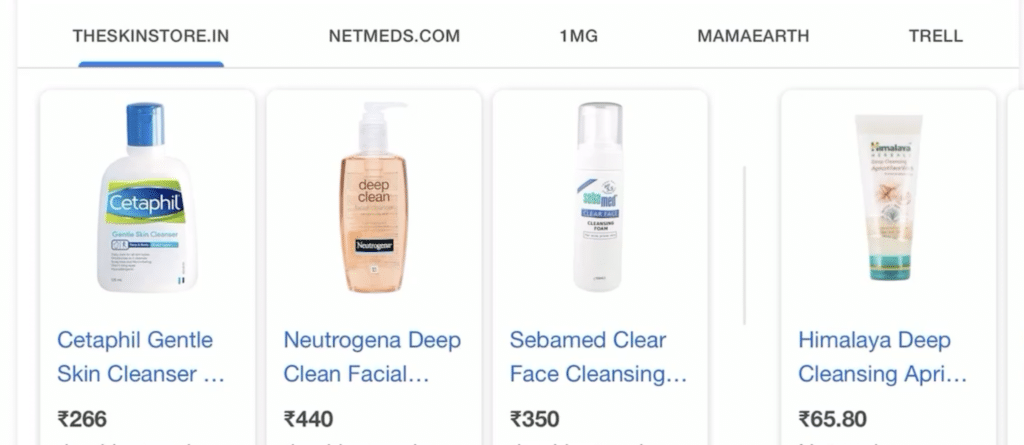
Remember, shopping ads are crucial for your Google Ads for eCommerce campaigns mix, be thoughtful about planning and implementing them.
Showcase Shopping
Add a small budget to the Showcase Shopping campaign as well. Remember, it’s a specific Google Ads campaign for eCommerce, make use of it.
When you spot that there’s a new ad format which gives a refreshing ad placement, include it in your mix or at least experiment with that. The new formats usually get better attention because of their very appearances, but they do not necessarily cost higher. Experimenting a great thing, it helps you scale up without spending huge amounts of money.
Showcase shopping campaigns usually show ads on broader search terms or the search terms indicating brand comparison intents. It’s an opportunity to place your brand along with the top brands in your niche. Don’t miss that.
Bring in automation
Now when your main shopping campaigns start giving you conversions and you reach a decent number, say above 60-80 conversions over 4 weeks. Make sure your ROAS is at least 100%. If it’s not, switch your manual bidding strategy to ROAS to hit that mark first.
Once you are at least 100% for about 2 to 4 weeks, bring in the automation in place. Set up a Smart Shopping campaign with your top categories and leave the rest with the standard shopping campaigns.
Give them at least 30 days to learn and optimize. This strategy will help you scale up your shopping campaigns by using the power of Machine Learning Algorithms.
Display Campaigns
The first type of display campaign that you should have in your campaigns mix is Dynamic Remarketing campaign. A dynamic remarketing campaign is a display campaign but it is tied to your shopping feed and it is shown only to the people who have visited your website in the past, that’s why it’s a remarketing campaign.
Why is a dynamic remarketing campaign crucial for eCommerce businesses?
If you spend some time with the time lag report in your Google Analytics account you will see that people take more than one day to convert, a major per cent of your customers will take more than one day to convert.
Also, spend some time with the Time Lag Report, it will indicate to you that people take more than one interaction with a brand before converting, a major percentage would be such users.
Now if you don’t have a remarketing campaign in place, you would simply be losing on such users and money spent on them would simply be useless. Remarketing allows you to influence their consideration and bring them back to your business.
Discovery Campaigns
Discovery is also a type of display campaign. But because of the placements, means the places where your ads are shown, Google gives it a different name – Discovery campaign.
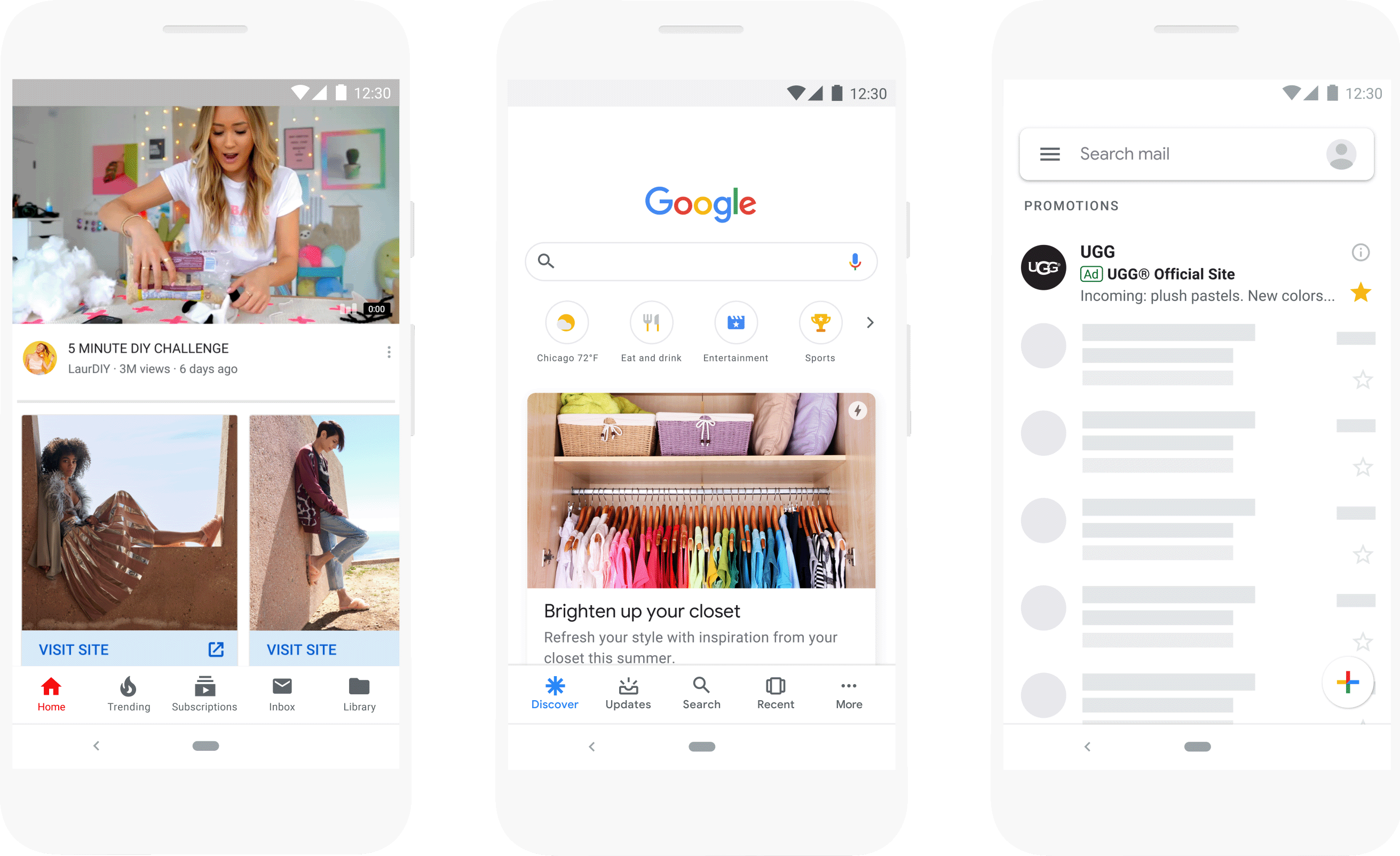
The ads from your Discovery campaigns will show in Gmail on YouTube and on Google’s search app at the discover tab.
Now it is important to note that a normal display campaign will not show on YouTube prominently but if you have a Discovery campaign you get an added advantage of showing your ads on YouTube.
It’s an opportunity you should not be missing. As an eCommerce brand, you must be having it in your Google Ads campaigns mix.
While setting up a Discovery campaign take a note that you have separate campaigns for your existing and new potential customers.
Technically one will be the new acquisition campaign where your ads will be shown to new people, meaning the people who have not visited your website in the past. And by having a remarketing campaign in the discovery campaign type, you are making sure that you are reaching out to the people who already visited your website and did not convert. You are going to influence their considerations efficiently at three additional touchpoints.
The best part is that you can start with a decently small budget and based on the performance you can allocate more budgets to it. Ideally, check your overall account level CPA and multiply it by five to get the initial budget idea.
Video Campaigns
You already know that YouTube is the world’s second-largest search engine. But what’s more interesting is to note that everybody does not start their purchase journey from Google. There is a reasonably high percentage of shoppers who start their product research from YouTube.
Ironically, there’s a myth associated with video advertising with YouTube. And that is – video campaigns are for big brands only as they cost a lot.
The fact is – it’s not for enterprises or big brands only. Even small businesses can have videos in the marketing mix.
When planning your Google Ads for eCommerce strategies, you must make use of videos to have both long-term and short-term benefits from your marketing spends.
First thing first, I don’t advise you to spend a lot of money into fancy video shoots that you can use as creatives. You can simply have animated videos done or just the slideshows compiled in the form of videos. You can use these as creatives.
Some of the ideas of such videos can be – product explainers, how to use videos, testimonials from customers, unboxing videos and so on.
Also, there’s no need to use video marketing as your first-interaction campaigns in the beginning when you are on a limited budget. You can use videos in your remarketing campaigns.
Imagine somebody visiting your website this morning via search or any other medium for the first time and not converting for any reason. Now when this user is watching his/her favourite topic on YouTube and your ads show up, the impact is considerably huge.
When you address a new touchpoint with a different format of content, it’s usually more engaging. If you are showing the same ads to all users all the time, it may cause ad fatigue and brand aversion. The use of videos as an additional remarketing tool alleviates this to a greater extent and offers you an additional opportunity to bring users back to the site and convert.
The types of video campaigns an eCommerce business should use on a tight budget are:
- TrueView InStream Video
- InStream Video Shopping
Start with remarketing video campaigns and when you have enough freedom from budget constraints, you can explore and experiment with other video campaign types to reach new potential customers.
To sum up, the purchase journey of today’s customers is complex. It’s not necessarily a traditional marketing funnel. Hence, relying simply on one campaign type or two limits your ability to reach the varied touchpoints your potential customers walk through. A right mix of campaigns is crucial in your effort to make the most of Google’s robust advertising platform for your eCommerce business.
—
Hire your very own digital marketing consultant today.
Google Ads for eCommerce
Setting up random campaigns and hoping them to work isn’t a strategy, it’s not even experimenting. Sometimes it might work but most of the times it won’t. Have a strategy that will work for your business specifically.
I have helped hundreds of eCommerce businesses and digital marketing agencies succeed with advertising. Let’s talk about your business.
Sharing is caring!


